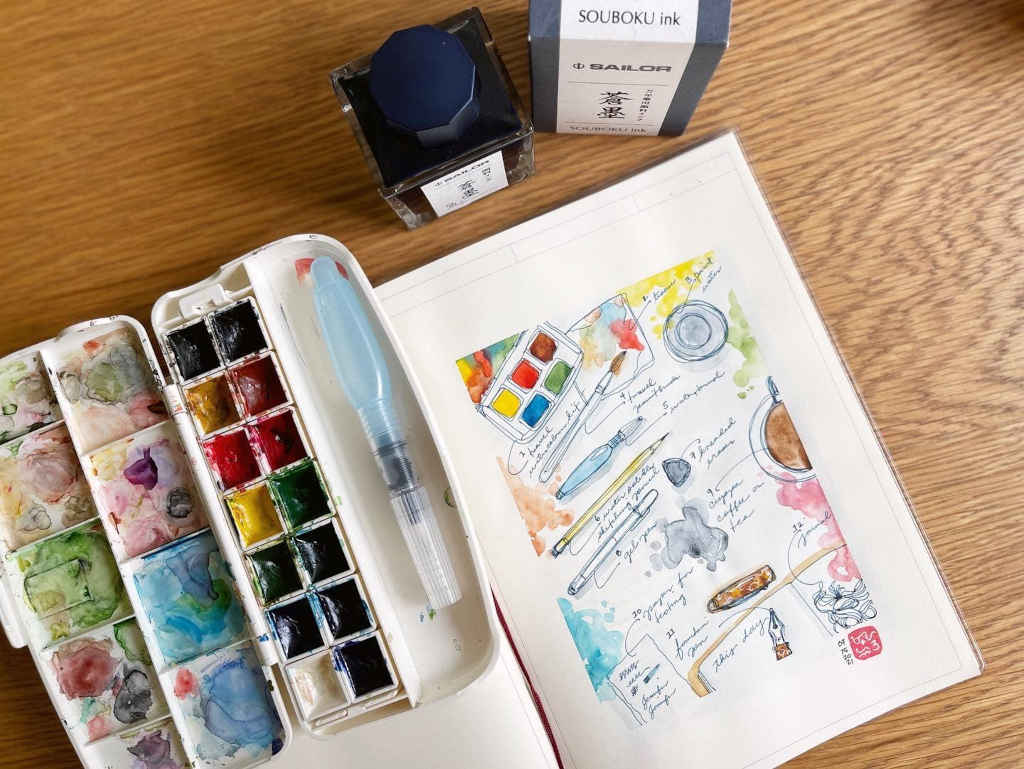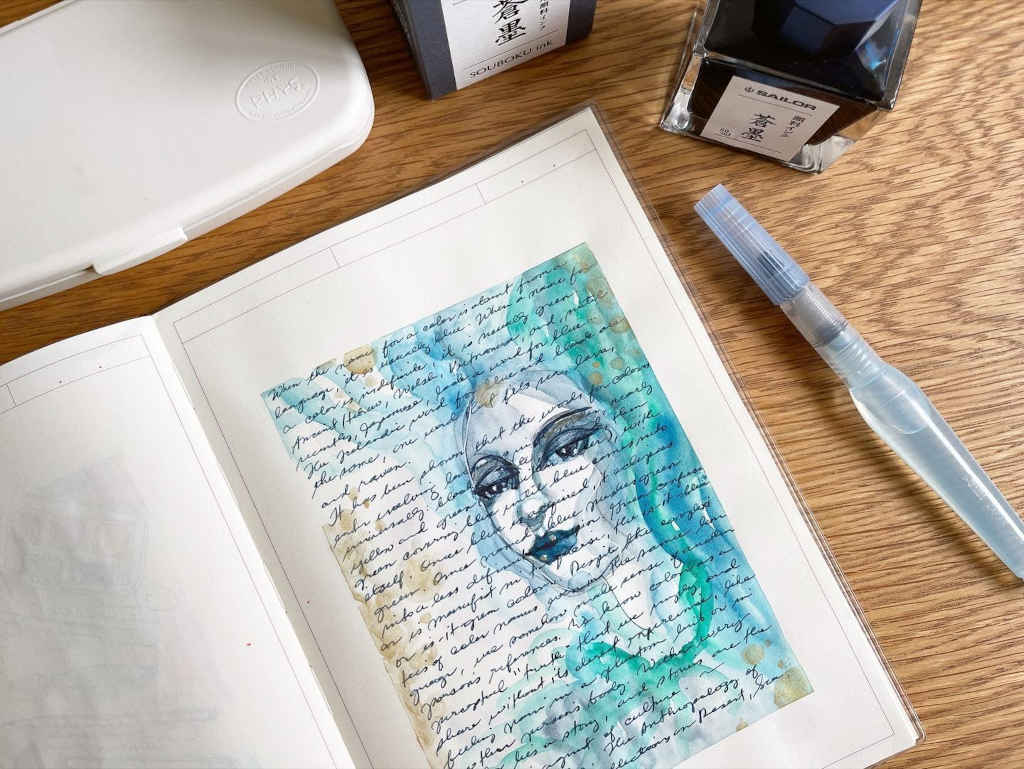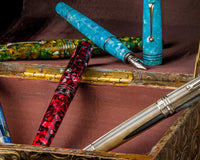“Watercolor is a medium that can be as demanding and temperamental as those who choose to paint with it. But it is a colorful and exciting medium all the same – well suited to describing the many moods of the subject, as well as those of the artist wielding the brush.”
Origins
Every year from 2016, the whole month of July has been dedicated to watercolours as a medium to encourage creative expression, individuality, and a daily art practice. This celebration was founded by Charles O’Shields, creator of the blog Doodlewash. Since then it has evolved into a global event that also provides support for continuing art education and appreciation through the various efforts of several non-profit charitable organizations.

The first steps in my creative journey were taken with drawing pens, some of which are known for their waterproof and archival quality. Then I added watercolours to my art practice, learning to embrace their inherent unpredictability as a way of changing my perspective of the creative process. When I discovered the joys of using fountain pens for sketching, the transition from disposable pens was quite easy to make. Fountain pen inks that had water resistance added to the possible mediums that I could use in combination.
Fountain Pen Inks and Watercolours
Any medium that will be used with watercolours requires the ability to stand out from or complement the paints’ hydrophilic tendencies. Therefore, when choosing which ink to load into your favourite fountain pen for sketching, good water resistance is a primary consideration.
To start, let us have a quick refresher on the different types of inks, based on water resistance:
Dye-based Inks - These have the least water resistance, as they have been made with dye particles that are dissolved in water. This is the most common type of fountain pen inks.
“Bulletproof” Inks - These have good water resistance. These fountain pen inks belong under dye-based inks; however, specific chemicals are added that enable the dye particles to bind with the cellulose fibers in the paper. They also have resistance to UV radiation, bleach and alcohol.
Iron Gall Inks - These are very water resistant. Traditionally made by mixing iron salt crystals with tannic acid from oak galls, the inks’ resultant insoluble particles become embedded into the paper fibers. Their characteristic acidity though makes stricter pen maintenance necessary.
Pigment Inks - These have high water resistance. Made of a suspension of insoluble pigment particles, these inks also embed into the fibers and reach their full potential once completely dried on the paper. Carbon and nano particle inks are other names for this category. Compared to dye-based inks, these would require a more stringent pen cleaning regimen.
The ink that I used for the sketches here belongs to the last category. Sailor Pigment Ink Souboku is a desaturated blue-black that could also be applied to a work setting. It is well-lubricated, flowing freely from the Sailor Pro Gear Slim Clear Demonstrator’s F nib. On MD paper, it dries in less than 30 seconds. Made with nano pigment particles, its water resistance allows for subsequent washes or painting in with watercolours. The ink’s muted blue-black tone is a refreshing alternative to the usual greys or blacks that I ordinarily use for sketching.

Other Considerations for Fountain Pen Inks and Watercolours
Aside from the water resistance, another factor to consider would be the fountain pen ink’s drying time. This could be a major element when planning on sketching outdoors or during an art session where time management is important. Drying time can also be affected by the particular ink’s interaction with the kind of paper used. Allowing the ink to dry completely before adding watercolours helps maintain the sharpness of your ink linework and avoid unintentional smudging.

An additional detail to ponder is whether to lay down your ink lines before or after using watercolours. Actually, there is no right or wrong way to go about it, and the decision is based mainly on your personal preferences and the results you want to achieve. Sketching with ink before using watercolours enables you to have some guidelines first. Doing this also helps the pen glide more smoothly on the paper, as opposed to drawing on top of the dried paint. The difference becomes more evident especially when using watercolours that have a tendency to granulate. Laying down ink after the watercolours have dried helps highlight the visibility and details of your subsequent linework. Sketching watercolours with organic flow or in abstract shapes as underpaintings emphasises the freedom of movement that can be captured with this medium. Allowing the watercolours to dry completely beforehand also enables you to use water-soluble, dye-based fountain pen inks for linework afterwards.
The Most Important Thing
The combination of water-resistant fountain pen inks and watercolours opens numerous possibilities with your art. Get to know the materials that you have by exploring their features, and how each medium works with the other. Experimentation is beneficial as it gives you knowledge, whether you like the results or not. Creativity is a personal process, and developing your own preferences will give your artwork that unique style. So go forth and may you have an interesting journey!
Use the code LEKZ10 to get a 10% discount!
* Not applicable for HopDrop, Clearance, On Sale items, and select brands.
Written by @lekzumali
Check out her musings on Instagram!







